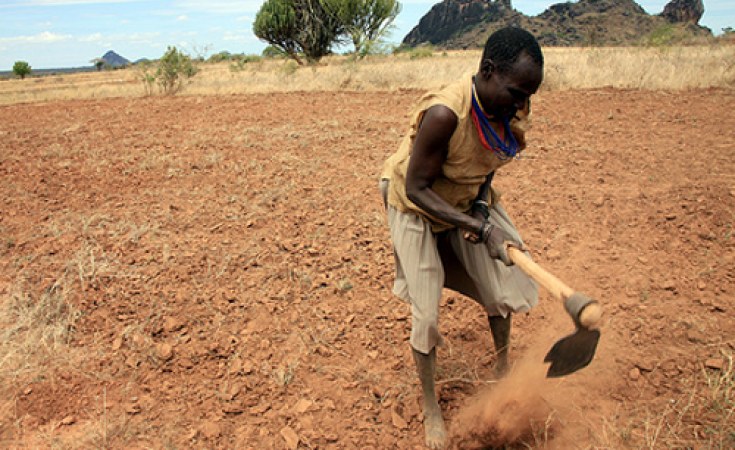Digital mapping has been used in the West to ascertain soil variation and help determine why some crops perform better than others in particular regions. In Africa, digital concepts have been largely missing in agricultural planning, but now African scientists are working with their western counterparts to bring the benefits of digital mapping to the continent. Dr. Peter Okoth is the project information manager at the Tropical Soil Biology and Fertility Institute in Nairobi. He spoke with AllAfrica contributor Rebecca Wanjiku about the latest in digital mapping.
How many countries are involved in digital soil mapping?
Digital soil mapping is organized around two entry points in terms of participating countries. First we have the implementing scientists that are drawn from institutions in the Netherlands (World Soil Information-ISRIC), United States of America (Columbia University's Earth Institute), the World Agroforestry Centre-ICRAF that is located in Kenya and the Tropical Soil Biology and Fertility Institute (TSBF) of the International Centre for Tropical Agriculture (CIAT), also located in Nairobi, Kenya.
The countries where the actual soil mapping will take place are 21 with the final map covering 42 sub-Saharan African countries.
How does the digital process assist in achieving higher yields for farmers?
We approach this in three stages. First will be an inventory and characterization of the soils using digital soil scanning, remote sensing techniques and advanced methods field soil data collection, and soil property characterization. This will be followed by determining the soil constraints to crop productivity using diagnostic trials on selected locations in five countries of Africa (Kenya, Tanzania, Malawi, Nigeria and Mali).
Thereafter we shall undertake an integrated soil fertility management method of studying the full potential of a soil to meet its productivity demand. From there [we] draw lessons that we shall share with farmers, extension staff and other stakeholders, such as agro dealers [small farm retailers] and fertilizer blenders, to assist farmers to increase their crop and soil productivity. In this way we hope to demonstrate to the farmers and extension staff the benefits that knowing the status of their soils and how to manage them can be translated to better and higher yields.
Which country can be termed as best practice?
This question is still a little bit early because best practice can be viewed from many angles including investment in agricultural research, input access supply and distribution across the country and farmers access to inputs for agriculture. Now, from little information and some statistics that we have, Malawi has done very well in the area of input access, supply and distribution to the farmers through their subsidy programme. This said, there is still a lot the Malawi Government still needs to do including availing a more diverse source of nutrient carrying fertilizers that include and the macro-nutrients (Nitrogen, Phosphorous and Potassium) and the micro-nutrients (Sulphur, Zinc, Molybdenum, etc) and maybe Calcium carbonate to address issues of soil acidity. This is where the digital soil mapping will come in handy to advise on which types of fertilizers yield the best results for which type of soils and thereby create targeted and informed fertilizer applications in the different parts of the country where the project will be working.
What are the challenges?
Challenges include the diversity of Africa in terms of geographic differences caused by geology and geomorphology. [This includes] vegetation that may make the work on the ground more involved since the method we are proposing will use statistical models to predict soil properties in locations where we shall not have visited.
The other challenge will be to find the best way to get the farmers to learn the importance of soil information and how to manage it on their farm, especially when we know that most African farmers don't have good access to farm inputs and high yielding seed varieties. We intend to engage with the governments in those countries to highlight some of the solutions we shall have come up with. [This will] allow them to develop national strategies and budgets to bridge the gaps, and also work with extension staff to determine the best methods that will enable the farmer take full advantage of what is offered by the project.


